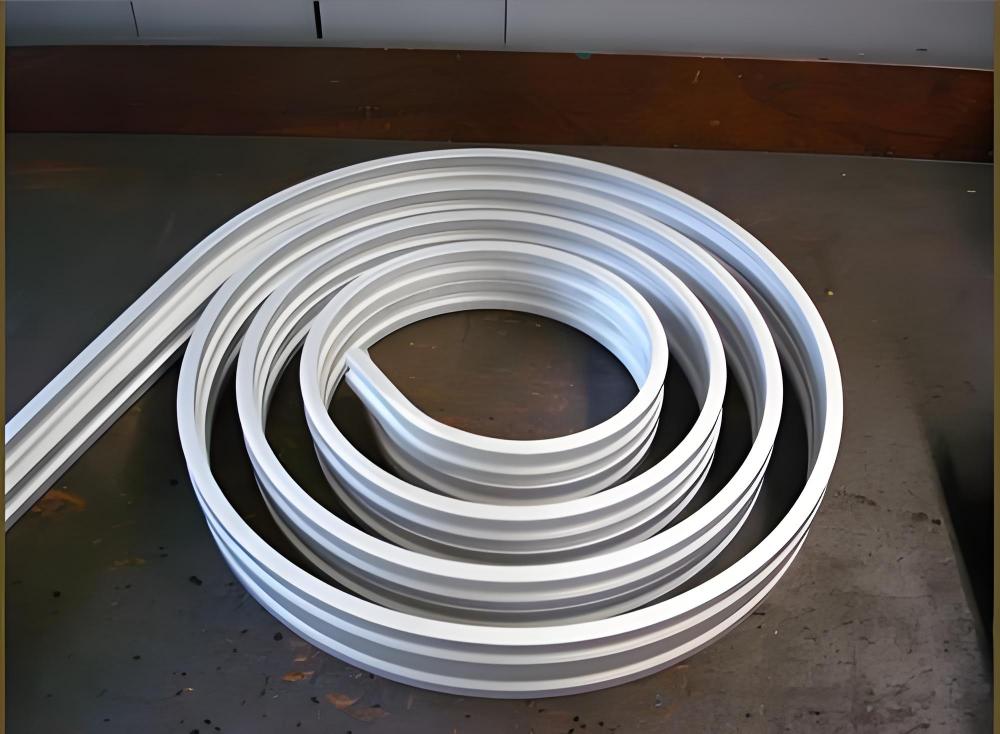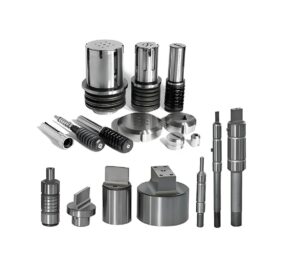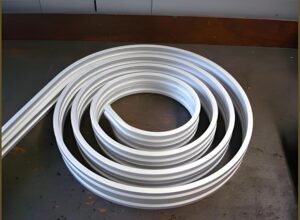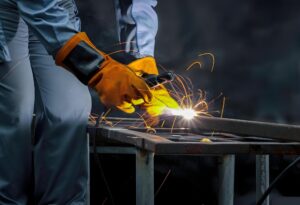Metal bending is one of the most important processes in the machining and fabrication industry. From sheet metal bending for construction projects to advanced CNC bending services for aerospace and automotive components, this technique allows manufacturers to achieve complex shapes while maintaining structural strength.
Unlike cutting or welding, bending reshapes metal without removing material. This ensures durability, reduces waste, and improves efficiency. For international companies sourcing custom parts, understanding the metal forming process helps in making better decisions when choosing suppliers and technologies.
What is Bending?
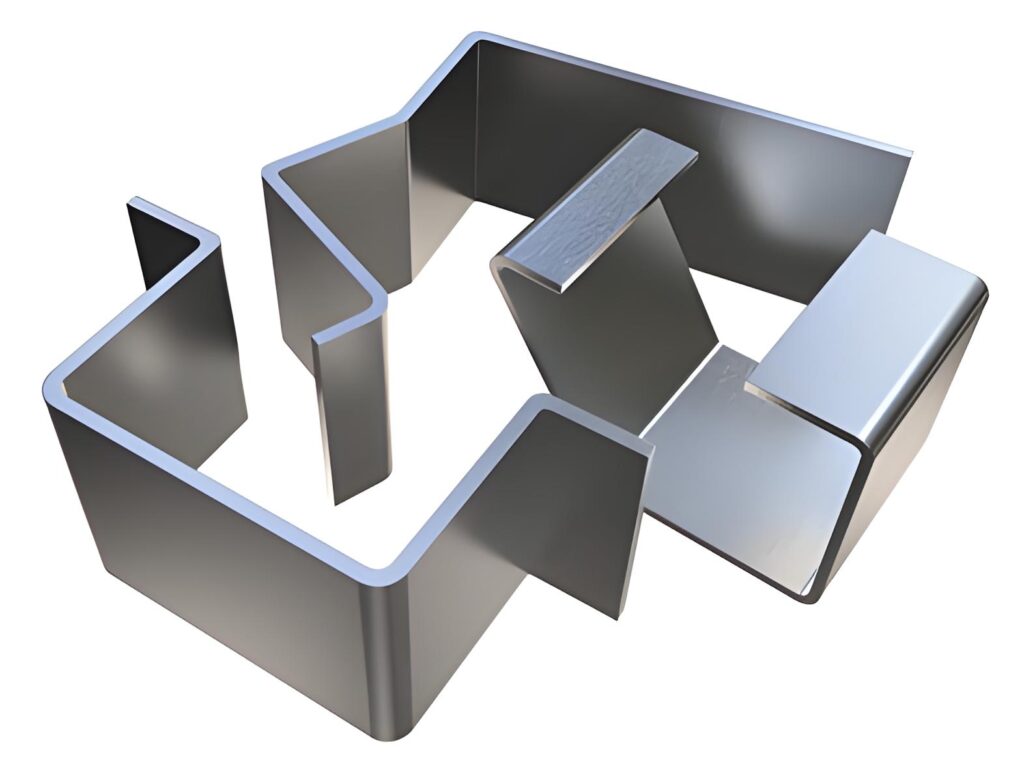
Bending is a metal forming process that reshapes sheets, tubes, or bars by applying controlled force. The material is stressed beyond its elastic limit but below its breaking point, creating a permanent deformation.
This process is widely used in custom metal fabrication, as it enables precise angles, curves, and structural components without compromising strength. Manufacturers consider factors such as bend radius, springback, and material thickness to ensure accurate results.
Types of Bending
Different industries require different bending methods depending on the application and material. Below are some of the most widely used techniques:
Air Bending
Air bending is a cost-effective technique for sheet metal bending, using a punch and die to form various angles. It offers flexibility since the same tooling can create multiple shapes.
Bottoming (or Coining)
This method presses the material firmly into the die, achieving highly precise bends with minimal springback. It is preferred when accuracy is critical in precision bending projects.
Roll Bending
Ideal for large arcs, tanks, or pipelines, roll bending uses rollers to gradually curve the metal. This process is essential in industrial fabrication where large cylindrical structures are required.
Rotary Draw Bending
Widely used in the automotive and aerospace sectors, this method produces accurate curves in tubes while preserving the cross-section. It is key in custom metal fabrication services.
V-Bending
The most common form of bending, using a V-shaped die and punch. It is simple yet effective for a wide range of metal forming applications.
How to Bend Metal
While bending may appear simple, it requires technical precision. The general steps include:
- Material Selection – Different metals such as steel, aluminum, copper, and brass behave differently during bending.
- Measuring & Marking – Accurate measurements ensure precise positioning and correct bend allowance.
- Equipment Setup – Choosing the right tooling, whether a press brake, roll bender, or CNC machine, is essential.
- Applying Pressure – Gradual force ensures smooth deformation without cracks.
- Inspection & Adjustment – Checking for springback and making fine adjustments to achieve consistent results.
For industrial clients, professional suppliers often rely on CNC bending machines to deliver repeatable accuracy and reduce errors.
Tools for Bending
Choosing the right tool is crucial in achieving desired outcomes.
Manual Tools
- Hand Brakes – Best for lightweight sheet metal bending in small-scale projects.
- Tube Benders – handy for simple bends in pipes used in plumbing or small structures.
Mechanical Tools
- Press Brakes – Common in fabrication shops for precise angles and repeatable results.
- Roll Benders – used for large-radius curves in pipes and sheet metal.
Advanced CNC Tools
CNC press brakes and tube benders have transformed metal bending services, offering unmatched precision, speed, and repeatability. With computer control, manufacturers can handle complex metal forming projects for international markets while reducing production waste and costs.
Applications of Metal Bending
Metal bending is found in almost every sector:
- Construction – Beams, brackets, frames.
- Automotive – Exhausts, chassis, panels.
- Aerospace – Lightweight tubing and structural supports.
- Furniture Manufacturing – Metal frames, chairs, and tables.
- Machinery – Custom enclosures, housings, and precision components.
The adaptability of the metal forming process makes it indispensable for industries that require both strength and flexibility.
Challenges in Metal Bending
Even with advanced tools, challenges remain:
- Springback – Adjustments are needed to counter material recovery.
- Cracking – Especially in brittle metals when using tight bend radii.
- Wrinkling – Common in thin sheets without proper support.
- Tool Wear – High-strength metals can wear out tools, affecting accuracy.
Skilled machinists and advanced CNC equipment help overcome these issues, ensuring reliable results for custom metal fabrication projects.
Why Choose Precision in Metal Bending
Metal bending is a fundamental process in manufacturing, combining engineering precision with material expertise. From sheet metal bending for construction to CNC bending services for high-tech industries, the process enables innovation and durability in modern production.
For international businesses seeking a reliable partner, precionn provides advanced machining and metal bending services with a focus on precision, consistency, and global standards. With years of expertise in custom metal fabrication, precionn continues to deliver solutions that meet the exact needs of clients worldwide.

